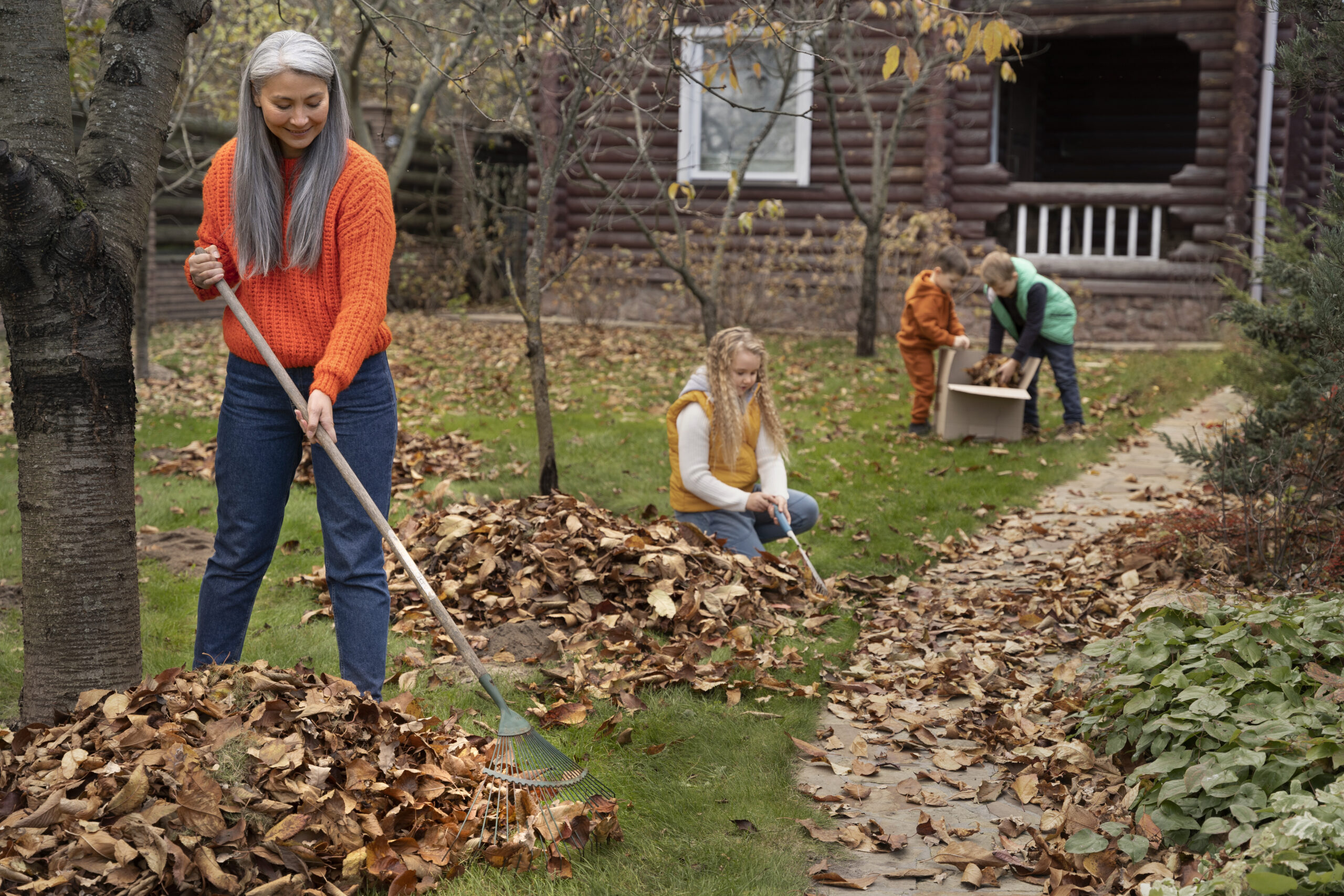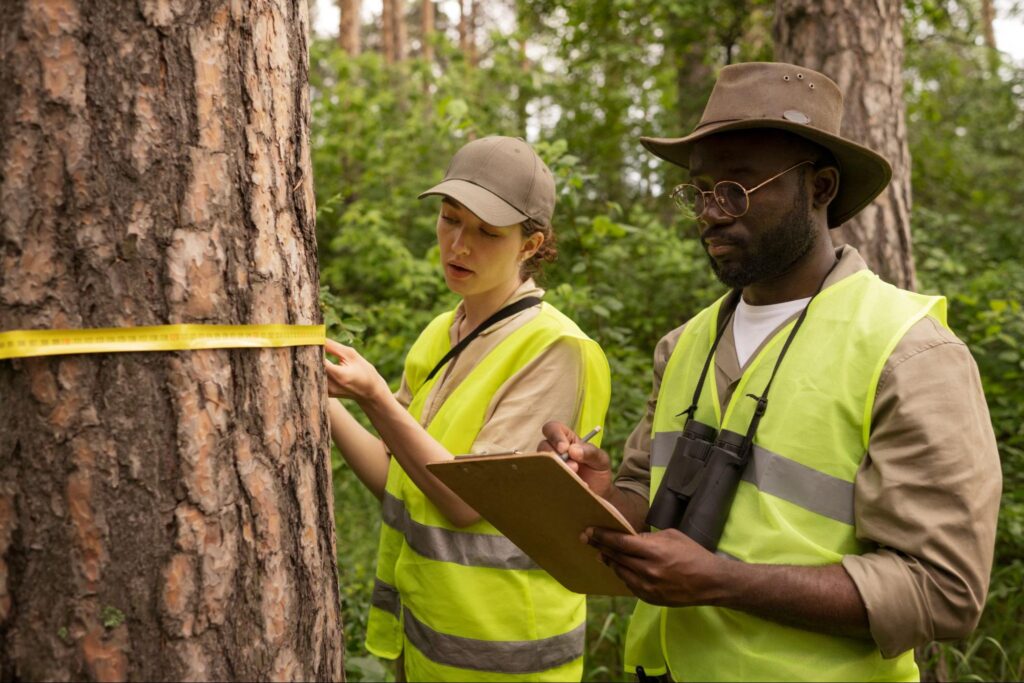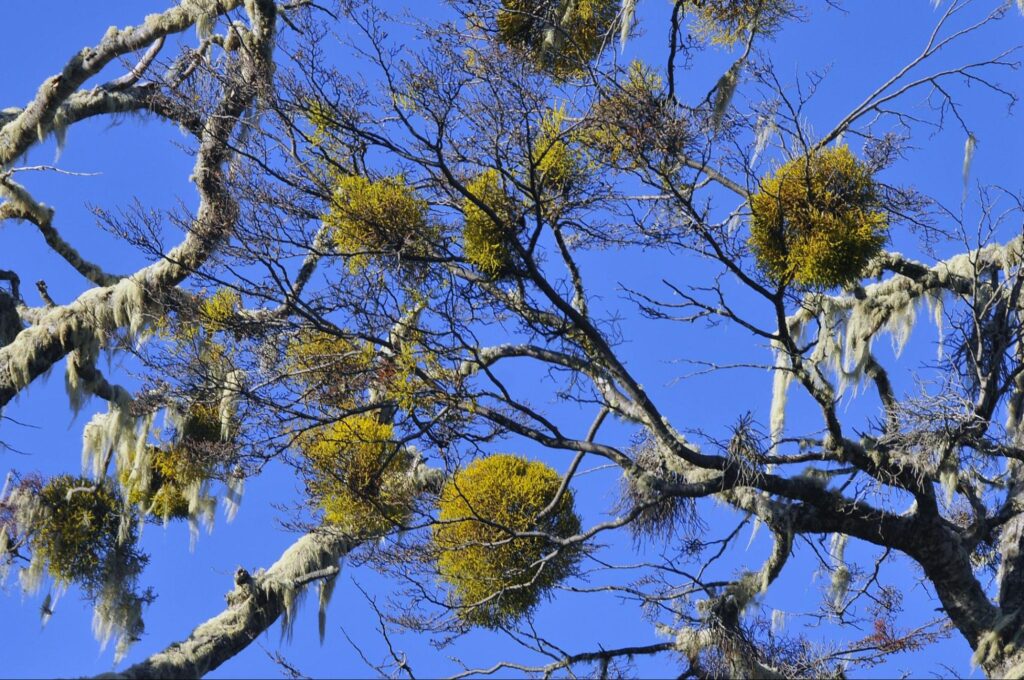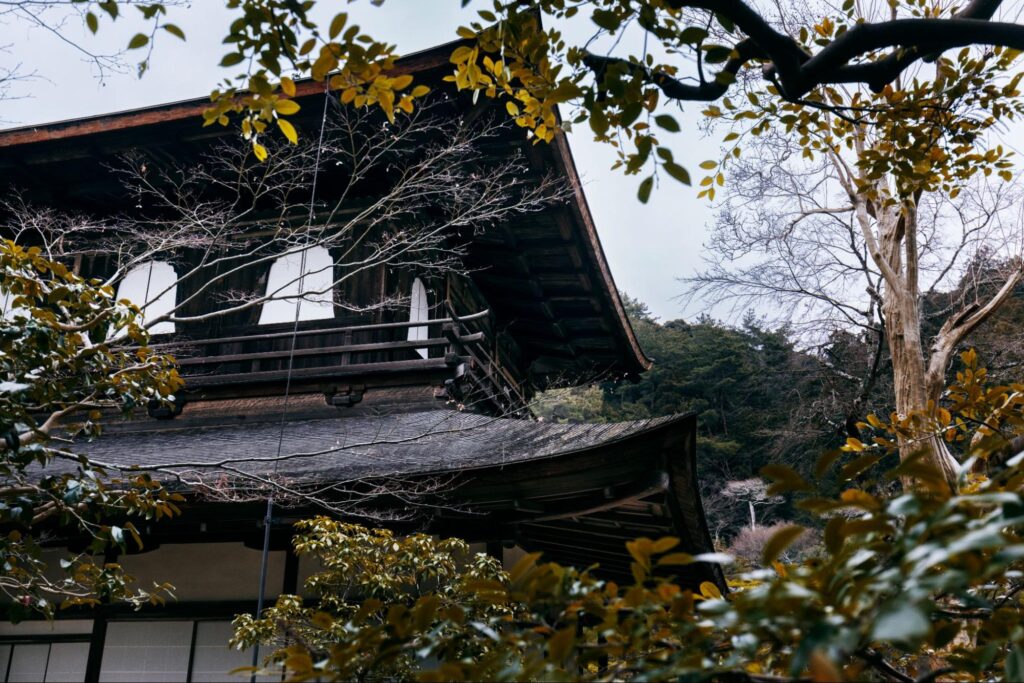
Fall winds in Arizona can cause severe tree damage, break branches, and uproot shallow-rooted species. This guide explains the risks, types of damage, and expert strategies to protect your trees and property.
Table of Contents
- Introduction
- Understanding Fall Winds in Arizona
- Why Trees Are Vulnerable in Fall
- Best Practices to Protect Trees from High Fall Winds Damage
- How to Protect Trees from Strong High Fall Winds Damage
- Common Types of Fall Wind Damage
- Damage to Property from High Fall Winds
- Prevention Strategies for Tree Safety
- Emergency Preparedness During Windstorms
- Common Myths About Wind Damage in Arizona
- Hiring a Professional Arborist
- The Role of Tree Health in Wind Resistance
- Insurance and Liability Considerations
- Wind Damage and Uprooted Trees
- Case Studies: Fall Wind Damage in Arizona
- Conclusion
Introduction
Arizona is renowned for its breathtaking landscapes, ranging from sprawling deserts. It’s rocky canyons to lush urban gardens. Trees are a vital part of these landscapes. It’s not only adding aesthetic value but also providing shade.
This helps improve air quality and creates a sense of serenity in neighborhoods. Iconic Arizona trees, such as mesquite, palo verde, and desert willow, are adapted to the desert climate. Yet they still face environmental stresses that can compromise their health.
As the seasons change from the hot summer months to the cooler fall season, Arizona experiences unique weather patterns. Fall is typically associated with dry conditions, cooler nights, and occasional strong winds.
These winds, while often brief, can reach speeds powerful enough to stress or even damage trees. Unlike heavy rainfall or snow, which can visibly harm trees. Wind damage may not be immediately obvious, but it can still pose serious long-term risks.
Why fall winds are risky for trees:
- Sudden gusts: Arizona fall winds can be unpredictable. One moment, the air is calm, and the next, gusts can exert significant pressure on branches and trunks.
- Soil and root stress: Fall wind damage in Arizona can severely weaken trees. These have shallow root systems due to desert soil conditions. Dry fall soils may not hold roots firmly, making trees more susceptible to tipping over in strong winds.
- Temperature fluctuations: Rapid temperature changes in fall can weaken branches and increase the likelihood of breakage.
These conditions mean that both mature trees and younger saplings are at risk. Mature trees are stronger overall. This has dead or weakened branches that snap under stress. This potentially causes property damage or injuries. Young trees are still developing their root systems.
Understanding these risks is essential for homeowners and landscape managers. By recognizing potential hazards, identifying vulnerable trees, and implementing preventative measures. You can protect not only your trees but also your property, vehicles, and the safety of your family.
This guide will explore:
- Common causes of wind damage in the fall include soil issues, structural weaknesses, and environmental stressors.
- Preventative strategies: From pruning and tree maintenance to soil stabilization and tree support techniques.
- Practical solutions: for both emergency situations and long-term tree health management.
Taking proactive steps now, before the fall winds arrive. It can significantly reduce the risk of storm-related damage.
With proper care, your Arizona trees can thrive for years to come, remaining strong, healthy, and resilient even during challenging weather conditions.
Understanding Fall Winds in Arizona
Fall winds in Arizona are often a result of changing seasonal patterns. As temperatures drop in the evenings and warm up during the day, differences in air pressure can generate gusts capable of damaging trees. Some common characteristics include:
- Sudden gusts: Winds can pick up quickly, catching trees unprepared. These gusts can bend branches sharply, causing cracks or even snapping weaker limbs.
- Dry season conditions: Less rainfall leads to dry soil, which affects root stability and makes it easier for trees to topple during strong winds.
- Temperature fluctuations: Rapid changes in temperature can stress tree limbs, making them more prone to breaking.
Fall winds often bring waste into the air, including dry leaves and twigs. This waste can increase friction against tree branches.
For this reason, fall is one of the most important seasons for proactive tree maintenance in Arizona. Homeowners should inspect and prepare their trees before windy days arrive.

Why Trees Are Vulnerable in Fall
Trees are not equally resistant to wind damage. Some factors that increase vulnerability include:
- Weak branches: Older or diseased branches are more likely to snap during strong gusts. These weakened limbs may carry hidden cracks, fungus, or insect damage that compromise their strength. These increase the risk of falling onto homes, vehicles, or walkways.
- Overgrown trees: Trees that have grown unevenly or are top-heavy are at higher risk of falling. The imbalance can stress the trunk and root system, especially during gusty fall winds.
- Drought stress: Lack of water weakens the tree’s structural integrity, making branches brittle. Drought-stressed trees lose elasticity in limbs, reducing their ability to bend safely in strong winds. This often results in broken branches or splitting trunks.
- Soil erosion: Loose or sandy soil, common in desert areas, reduces root anchoring. When heavy winds strike, trees in eroded or unstable soil may lean or fall because the root system cannot secure the tree firmly, leaving it vulnerable to uprooting.

Understanding these vulnerabilities helps homeowners prioritize tree care, target high-risk trees for maintenance. This implements preventive measures to reduce damage during fall wind events.
Regular inspection and proactive pruning can make a significant difference in preserving tree health and protecting property.
Best Practices to Protect Trees from High Fall Winds Damage
Proactive care and preventive measures are essential for healthy trees. This includes regular pruning to remove weak or dead branches. Proper watering and fertilization help maintain strong roots and branch structure.
While stakes or supports protect young or vulnerable trees. Additionally, professional arborist inspections can identify hidden risks. This prevents storm damage before it occurs.

How to Protect Trees from Strong High Fall Winds Damage
- Regular Pruning: Trim dead, weak, or overgrown branches to reduce wind resistance and prevent breakage. For expert pruning services, visit AzTreeDoctor Professional Tree Pruning Services to keep your trees safe.
- Staking Young Trees: Use stakes or guy wires to support newly planted or vulnerable trees until their roots establish. Learn proper techniques and get professional help at AzTreeDoctor.
- Soil and Root Care: Deep watering and mulching strengthen roots and improve soil stability. Contact AzTreeDoctor for soil and tree health assessments.
- Plant Wind-Resistant Species: Choosing native or wind-resistant trees reduces long-term risks of wind damage. AzTreeDoctor can guide you in selecting the best species for your landscape.
- Professional Inspections: Have certified arborists assess tree health and structural integrity. These identify hidden weaknesses before storms. Schedule an expert evaluation through AzTreeDoctor.
It involves a combination of proper care, maintenance, and preventive strategies. Regular pruning removes weak, dead, or overgrown branches, reducing the risk of breakage during gusts.
Deep watering and proper fertilization strengthen roots and branches. while staking young or vulnerable trees helps stabilize them.
Additionally, planting wind-resistant tree species and keeping soil healthy through mulching and erosion control further enhances their ability to withstand strong winds.
Consulting a professional arborist ensures that high-risk trees receive expert evaluation and care.
Common Types of Fall Wind Damage
Fall winds can cause multiple forms of damage to trees, including:
- Branch breakage: Limbs snapping off can damage nearby property or power lines. Broken branches can also create hazards for pedestrians and vehicles. Repeated breakage weakens the overall structure of the tree over time.
- Uprooting: Entire trees can fall, especially if the soil is loose or the roots are weak. Uprooted trees not only cause significant property damage but can also block driveways, roads, and utility access. These create safety risks for homeowners and neighbors.
- Trunk splitting: High winds can cause splits along the trunk, leaving the tree open to disease and pest infestations. These splits compromise the structural integrity of the tree, and if untreated, they may eventually lead to the tree’s death.
- Leaf and bark stripping: Severe gusts may strip leaves and bark, reducing photosynthesis and overall health. The loss of bark exposes the inner tissues of the tree, making it more susceptible to infections, dehydration, and long-term decline.

Recognizing these issues early is key to preventing more severe damage. Homeowners who inspect their trees after storms and take corrective action can save on costly repairs, maintain tree health. It also reduces safety risks around their property.
Damage to Property from High Fall Winds
It can be sudden and costly, often caused by falling branches, uprooted trees, or debris carried by gusts. Roofs, fences, vehicles, and outdoor structures are especially vulnerable. These even small limbs can cause significant harm.
Proper tree maintenance, strategic landscaping, and securing loose objects around your property can help minimize these risks. Such trees protect your home during severe wind events.

Prevention Strategies for Tree Safety
1. Regular Tree Inspections
Conduct seasonal inspections to identify signs of disease or structural problems. For detailed guidance on how and when to carry out tree inspections.
Check out our blog post, The Ultimate Guide to Tree Health and Maintenance in Arizona. Look for:
- Cracks in branches or trunks
- Dead or dying limbs
- Fungus or pest infestations
- Leaning trees or exposed roots
Early detection allows for timely intervention.
2. Pruning and Trimming
Proper pruning helps balance the tree’s structure:
- Thin the canopy to allow wind to pass through
- Avoid over-pruning, which can stress the tree
3. Supporting Young or Weak Trees
For newly planted or vulnerable trees:
- Use stakes or guy wires to provide temporary support
- Mulch around the base to retain soil moisture and protect roots
- Water consistently, especially during dry periods
4. Soil Stabilization
Healthy, compact soil strengthens root anchoring:
- Add organic mulch to prevent erosion
- Avoid heavy foot traffic near roots
- Consider adding soil amendments to improve structure and water retention
5. Choose Wind-Resistant Species
Planting species naturally adapted to Arizona’s climate reduces wind damage risks. Examples include:
- Palo Verde
- Mesquite
- Desert Willow
- Ironwood
Emergency Preparedness During Windstorms
Even with preventive measures, sudden fall windstorms can still cause tree damage. Homeowners should:
- Keep a safe distance from large trees during high winds: Falling branches can cause serious injuries. Uprooted trees can also damage property. Staying indoors or away from vulnerable areas reduces personal risk during gusty conditions.
- Secure outdoor furniture and other objects that could become projectiles: Strong winds can pick up loose things like chairs, tables, or trash bins and move them around. This can be dangerous and may cause damage. This can create hazards around your yard. These items can become dangerous if they are blown across your yard. They can then damage trees, windows, or vehicles. Securing or storing these items minimizes additional hazards.
- Have a professional arborist inspect trees immediately after storms: Even if you don’t see any damage, there could still be problems. Hidden cracks or loosened roots can exist. These weakened areas can threaten long-term tree stability. Early professional assessment can prevent future accidents.
- Be prepared with emergency contact numbers for tree removal services: If a tree is unsafe, you should call tree experts for help right away. This ensures safety, reduces further property damage, and allows for timely cleanup.
Being prepared for emergencies not only protects your property. This also ensures the safety of family members, pets, and neighbors during unpredictable fall windstorms.

Common Myths About Wind Damage in Arizona
Many homeowners believe that only old or sick trees are at risk from fall winds. Even healthy trees can suffer damage if they have shallow roots. Another common myth is that desert trees don’t need pruning because they’re naturally strong. Yet proper maintenance is essential to prevent breakage.
Some think wind damage only happens during storms. Its sudden gusts can cause harm at any time. To separate fact from fiction and protect your trees. For expert advice and preventive care, contact AzTreeDoctor.
Hiring a Professional Arborist
While homeowners can do some tree care, professional arborists have the skills to handle harder or riskier jobs:
- Structural assessment of trees
- Safe pruning and trimming
- Emergency tree removal
- Disease diagnosis and treatment

Hiring a certified arborist ensures safety, prevents property damage. Such trees protect your trees long-term.
The Role of Tree Health in Wind Resistance
Healthy trees are naturally more resilient to fall winds and other environmental stresses. Maintaining proper care strengthens their ability to withstand strong gusts. Key factors include:
- Watering: Deep watering supports strong root growth, which anchors the tree firmly in the soil. Consistent watering, especially during dry periods, prevents roots from becoming brittle or shallow. These reduce the risk of uprooting during high winds.
- Fertilization: Providing essential nutrients helps maintain structural integrity and overall vitality. Proper fertilization encourages dense, healthy wood and foliage. Making branches less likely to snap under wind pressure.
- Pest control: Preventing infestations is critical. Insects and diseases can weaken branches, trunks, and roots. Regular monitoring helps catch problems early. Timely treatment keeps trees strong against wind stress.

Neglecting these aspects of tree care can leave even mature trees vulnerable. By keeping trees healthy through proper watering, fertilization, and pest management.
Homeowners can significantly reduce the likelihood of wind damage and ensure long-term landscape stability.
Insurance and Liability Considerations
Homeowners should understand how tree damage may affect property insurance:
- Check coverage for fallen trees or property damage
- Maintain records of tree maintenance and professional inspections
- Consider risk mitigation strategies to reduce potential insurance claims

Wind Damage and Uprooted Trees
- Strong winds can uproot trees, especially those with shallow roots, weakened trunks, or unstable soil. Uprooted trees pose serious risks to homes, vehicles, and power lines, creating safety hazards and costly damage.
- Regular tree inspections, proper pruning, and soil care can reduce these risks. For professional assessment and emergency tree services, contact AzTreeDoctor to keep your trees and property safe.
Case Studies: Fall Wind Damage in Arizona
Fall winds in Arizona can create significant challenges for homeowners. They also affect urban landscapes across the region.
This highlights the importance of proactive tree care. Real-world examples illustrate how wind can impact trees and property:
Uprooted trees blocking driveways: In numerous Arizona neighborhoods, shallow-rooted trees, such as mesquite and citrus. These are uprooted during sudden gusts. These fallen trees can completely block driveways or streets. Such blockages disrupt daily routines for residents.
They also create safety hazards for vehicles and pedestrians. Removing these trees often requires professional assistance. If nearby structures are damaged, the cost of removal and replacement can be high.
Broken branches damaging roofs or vehicles: Branches that are old, weak, or not cut properly can break easily when strong fall winds blow. These weakened limbs can break more easily. Many homeowners have reported roof shingles being punctured by falling branches.
Gutters can also be damaged when limbs hit them. Vehicles parked nearby are at risk of being scratched or dented. Even small branches can cause significant damage. This is especially true if they strike at the wrong angle or land on fragile surfaces.
Trees with long-term decline due to repeated stress from high winds: Some trees survive the first wind event. They may still face stress that affects them later. However, they can suffer cumulative damage over time. Repeated bending or minor splits weaken the tree. It’s partial uprooting further reduces its structural strength.
This ongoing stress makes the tree more vulnerable to disease, pests, and eventual collapse. Homeowners often do not notice these subtle changes until the tree shows major decline or falls unexpectedly.
Studying these cases underscores the critical need for preventive tree maintenance. Regular inspections help identify potential risks before they become serious problems. Pruning and proper soil management strengthen trees and reduce the likelihood of damage. Seeking professional guidance is important for tree care.
This helps minimize the risks of property damage, personal injury, and long-term tree decline. Learning from real-life scenarios is very valuable. These allow homeowners to understand potential hazards.
Homeowners in Arizona can then make informed decisions to protect their landscapes. This also helps keep their families and communities safe.
Conclusion
Fall wind damage is a very real and often underestimated threat to trees in Arizona. Shallow-rooted species are especially vulnerable. Such damage affects both the health of trees and the safety of property and people.
Drought stress, overgrowth, and unstable soil increase risks. Regular inspections and pruning help homeowners catch problems early. Proper watering, fertilization, and pest control strengthen trees. Choosing wind-resistant species further protects landscapes from seasonal gusts.
Such damage can affect both property and personal safety. Drought increases these risks. Regular pruning and inspections are essential to prevent problems. Choosing wind-resistant trees also helps landscapes better withstand seasonal gusts.
FAQs
When are fall winds most dangerous in Arizona?
Fall winds are strongest from late September to early November, often during dry, clear weather.
Which trees in Arizona are most prone to wind damage?
Trees with shallow roots or large canopies, such as citrus and mesquite, are more vulnerable.
How often should I inspect my trees?
At least once per season, with additional checks after storms or strong gusts.
Can pruning prevent all wind damage?
While pruning reduces risks, extreme wind events can still cause damage. Proper care minimizes, but doesn’t eliminate, risks.
Should I hire a professional arborist for tree maintenance?
For large, old, or diseased trees, hiring a certified arborist is recommended for safety and expertise.
What are the signs of wind stress in trees?
Cracks in branches, leaning trunks, exposed roots, and stripped bark indicate wind stress.
How can I protect young trees from fall winds?
Use stakes, mulch, and proper watering to stabilize roots and encourage strong growth.
Is there insurance coverage for tree damage from wind?
Many homeowners’ insurance policies cover tree damage, but check your policy for specific coverage.
Do all Arizona trees need pruning for wind protection?
Most trees benefit from seasonal pruning, but the extent depends on species and age.
Can wind-resistant tree species survive without maintenance?
While more resilient, all trees require basic care to thrive long-term.
Tags:
#Arizona trees, #Fall wind protection, #Tree maintenance, #Windstorm safety, #Home landscaping, #Tree care tips, #Storm damage prevention
Comments are closed